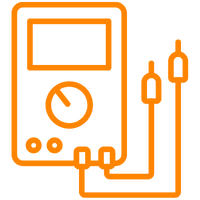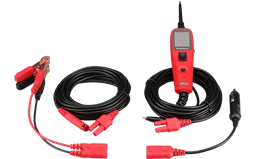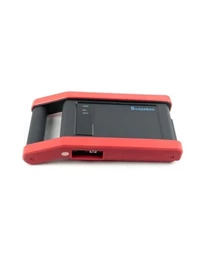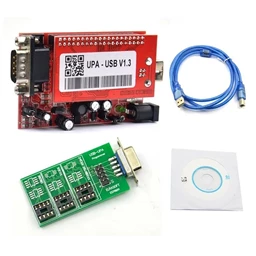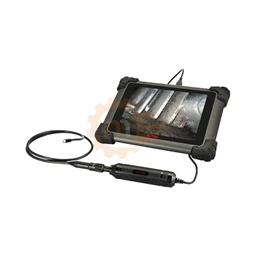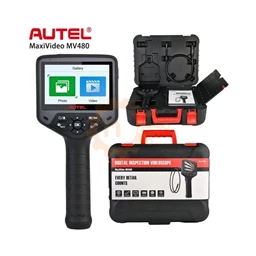Importance and Understanding of Fault Codes in Mercedes-Benz Vehicles Mercedes-Benz is one of the first car brands that comes to mind when it comes to luxury, performance, safety and technology. These sophisticated vehicles are equipped with complex systems that include numerous electronic control units (ECUs), sensors and actuators to maximize the driving experience and safety. These systems inform the driver or technician in case of any abnormality or malfunction by flashing warning lights on the instrument panel of the vehicle and generating special fault codes (DTC - Diagnostic Trouble Codes). Correctly understanding and interpreting Mercedes-Benz fault codes is vital to quickly identify the source of the problem, prevent unnecessary part replacements, reduce repair costs and, most importantly, maintain the safety and performance of the vehicle. Especially in technologically advanced vehicles such as Mercedes, even a simple Decode can lead to larger and more complex problems when ignored. In this comprehensive guide, Mercedes-Benz passenger and light commercial vehicles frequently encountered fault codes, with which systems these codes (engine, transmission, ESP, Airbag, SAM modules, etc.) we will consider in detail that it is related, its possible causes and the solutions that should be followed when these situations are encountered in the light of Nitro IT expertise and professional diagnostic solutions such as Autel, Launch. Structure and Reading of Mercedes-Benz Fault Codes Mercedes-Benz fault codes usually have a structure consisting of one letter followed by four or five digits (for example, P0171, C1140, B1000, U0101). These letters usually indicate which main system the fault is related to: * P (Powertrain): Malfunctions related to the engine, transmission and emission system. * C (Chassis): Failures related to chassis systems (for example, ABS, ESP, Airmatic, steering). • B (Body): Failures related to body systems (for example, air conditioning, seats, lighting, SAM modules, Airbag). * U (Network): Malfunctions related to in-vehicle communication networks (CAN Bus, LIN Bus, MOST Bus). Fault codes are read through a fault detection device (for example, Autel MaxiSys, Launch X431 or Mercedes-Benz's own Xentry/DAS system), which is usually connected to the vehicle's OBD2 port. These devices not only display the code, but also provide an explanation of the code, its possible causes, and sometimes test procedures. Common Mercedes-Benz Fault Codes and Their Meanings Below, on different Mercedes-Benz models (C Series, E Series, S Series, GLC, Sprinter, etc.) some general fault code categories and examples that you may encounter are given. This list is not exhaustive and it is always recommended to consult information specific to the model and year of your vehicle and a professional diagnostic device. 1. Engine Control Unit (ME-SFI, CDI) Fault Codes (P-Codes) * Fuel and Air Mixture Problems: – P0171, P0174: The System is Very Poor (Bank 1 / Bank 2) - Air leakage, low fuel pressure, MAF sensor failure. – P0172, P0175: The System is Too Rich (Bank 1 / Bank 2) - Injector leakage, MAF sensor failure, oxygen sensor failure. – P0300-P030x: Random/Multiple Cylinder Ignition Interruption or Ignition Interruption in Specific Cylinder - Spark plug, coil, injector, compression problem. – P0420, P0430: Catalytic Converter Efficiency Is Below the Threshold (Bank 1 / Bank 2) - Catalyst failure, oxygen sensor failure. * Sensor Failures: – P0100-P0104: Mass Air Flow (MAF) Sensor Circuit Failure. – P0115-P0119: Engine Cooling Water Temperature (ECT) Sensor Circuit Failure. – P0120-P0124: Throttle/Pedal Position Sensor (TPS/APPS) Circuit Failure. – P0335-P0339: Crankshaft Position (CKP) Sensor Circuit Failure. – P0340-P0344: Camshaft Position (CMP) Sensor Circuit Failure. * Emission Control System Failures: – P0400-P0408: Exhaust Gas Re-Evolution (EGR) System Failures. - P0440-P0457: Evaporative Emission (EVAP) System Failures (fuel vapor leakage, etc.). * Turbocharger/Supercharger System Failures: - P0234: Turbo/Supercharger Overpressure Condition. - P0299: Turbo/Supercharger Low Pressure Condition. 2. Transmission Control Unit (EGS, TCU) Fault Codes (Usually P07xx, P08xx, P1xxx, P2xxx) • P0700: Transmission Control System Failure (MIL Request). • P0715-P0718: Input/Turbine Speed Sensor Circuit Failure. • P0720-P0723: Output Speed Sensor Circuit Failure. • P0730-P0736: Incorrect Gear Ratio (In Certain Gear). • P0740-P0744: Torque Converter Clutch (TCC) Solenoid Circuit Failure. • P0750-P0770: Gearshift Solenoid Failures (A, B, C, D, E). * Transmission codes specific to Mercedes (for example, special codes for transmissions 722.6, 722.9) may also be available. - Nitro Informatics Solution: Transmission adaptation values should be reset with Autel or Launch devices, solenoids should be tested and live data should be examined. 3. Chassis System Fault Codes (ABS, ESP, Airmatic, SBC) (C-Codes) • C1000-C10xx: ABS/ESP Control Unit Failures. • C1100-C113x: Wheel Speed Sensor Failures (Left Front, Right Front, Left Rear, Right Rear). • C1140: Steering Angle Sensor (SAS) Failure (Calibration or sensor error). • C1200-C12xx: Brake Pressure Sensor Failures. * Airmatic (Air Suspension) Codes: Compressor failure, valve block problems, air leakage, level sensor failures. * SBC (Sensotronic Brake Control) Codes (Especially W211 E-Series, R230 SL-Series): SBC unit expiration, pressure reservoir problems. 4. Hull System Fault Codes (SAM, Airbag, Air Conditioning, Lighting) (B-Codes) * SAM (Signal Acquisition and Actuation Module) Module Failures: Problems with various lighting, wiper, horn functions related to the Front SAM or Rear SAM. * Airbag (SRS - Supplemental Restraint System) Malfunctions: - B1000: SRS Control Unit Failure. - Codes related to various airbag igniter circuits, seat belt tensioners, collision sensors or seat weight sensor (OCS). * Air Conditioning (AAC - Automatic Air Conditioning) System Failures: Problems with compressor, fan motor, temperature sensors, flap motors. * Lighting System Failures: Circuit or bulb problems with headlights, taillights, signals. 5. Network Communication Fault Codes (U-Codes) • U0001: High Speed CAN Communication Bus. * U0100: Loss of Communication with ECM/PCM. • U0101: Loss of Communication with TCM (Transmission Control Module). * U0121: Loss of Communication with ABS Control Module. • These codes are usually generated as a result of a disconnection in the CAN Bus line, a short circuit, or a malfunction of a control unit. Steps to Follow When the Mercedes Fault Code Is Seen 1. Ensure Safety: Especially if the red warning lights are on, pull the vehicle to a safe place. 2. Note the Fault Code and Symptoms: If possible, have the fault code read or note the warnings on the instrument panel and changes in the vehicle's behavior. 3. Get Professional Diagnostic Help: Due to the complex systems of Mercedes-Benz vehicles, a professional fault detection device (Mercedes software powerful devices such as Autel, Launch, or Xentry) and a specialist technician are required for accurate diagnosis. Nitro Informatics can help you with this. - Fault codes are read with the device and attempted to be deleted (for non-permanent codes). - Live data (sensor values, system status) is monitored. - Active tests and component checks are performed if necessary. - Mercedes-specific test procedures and adaptations are applied. 4. Avoid Unnecessary Part Replacement: Instead of replacing parts just by looking at the fault code, focus on finding the root cause of the problem. Understand the Language of Your Mercedes Car with Nitro Informatics Nitro Bilişim is an authorized dealer of leading brands such as Autel and Launch, which offer comprehensive diagnostic solutions for Mercedes-Benz vehicles. With the professional fault detection devices we offer: • You can read and delete the fault codes of all Mercedes systems in detail. • You can analyze live data, draw graphs. • Service functions (oil reset, EPB, DPF, SBC reset, etc.) you can perform. • You can do ECU coding and online SCN coding on some models. • You can access detailed technical information and repair procedures. Our expert team is always with you to choose the most suitable diagnostic solution for you, to get training on device use and to provide after-sales technical support to your needs. Accurate Diagnosis, Safe Driving The fault codes on your Mercedes-Benz car are a sign that your car is trying to tell you something. Understanding these signs correctly and taking the right interventions in a timely manner is the key to protecting the performance, safety and life of your vehicle. Avoiding amateur interventions, getting support from an organization that offers professional solutions, such as Nitro Bilişim, will protect you from possible bigger problems and costs. Rely on the expertise of Nitro Bilişim to understand the language of your Mercedes-Benz and provide it with the best care.
Saturday, May 17, 2025

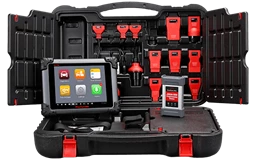
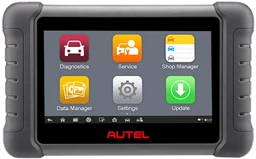
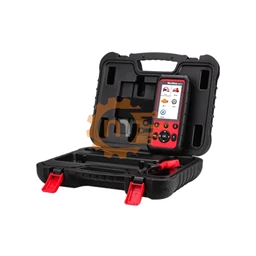
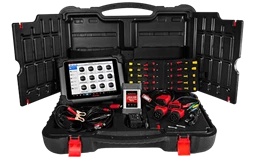
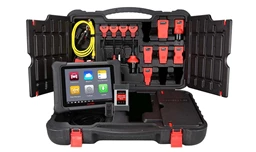
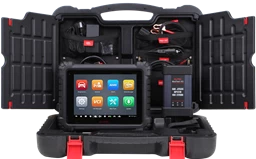
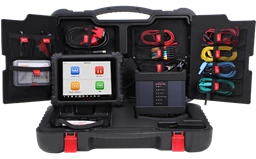
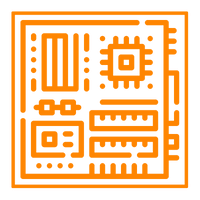
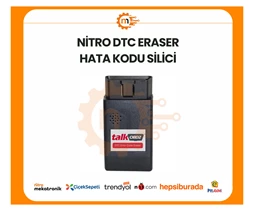
.webp?size=256)

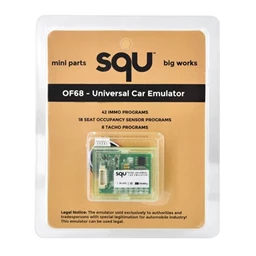
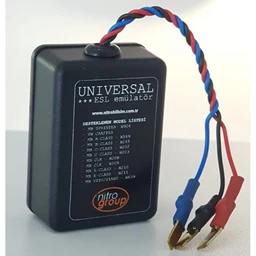

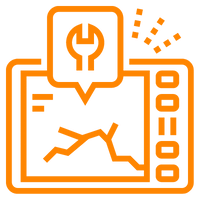
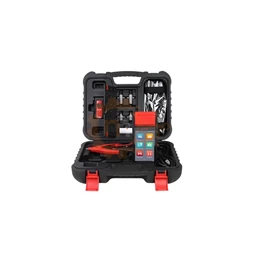
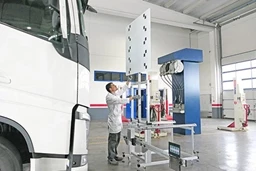
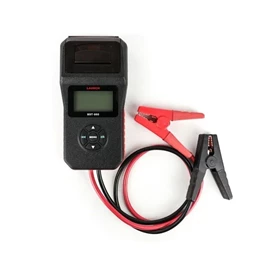
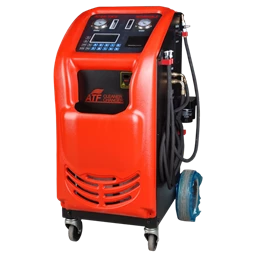
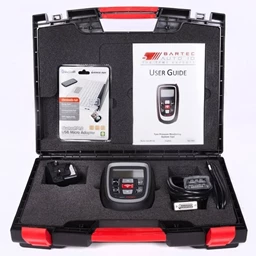
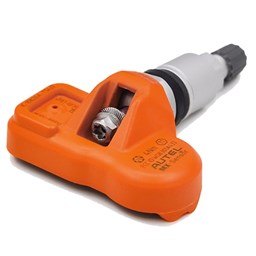
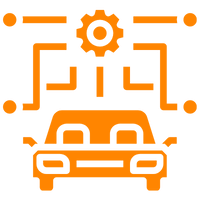
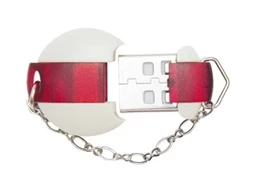


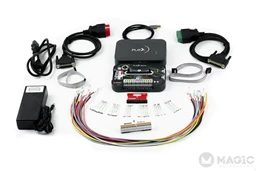
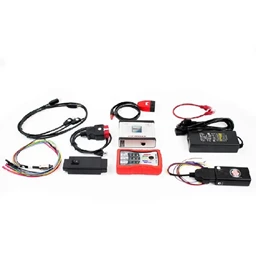
 Cihazı.webp?size=256)
